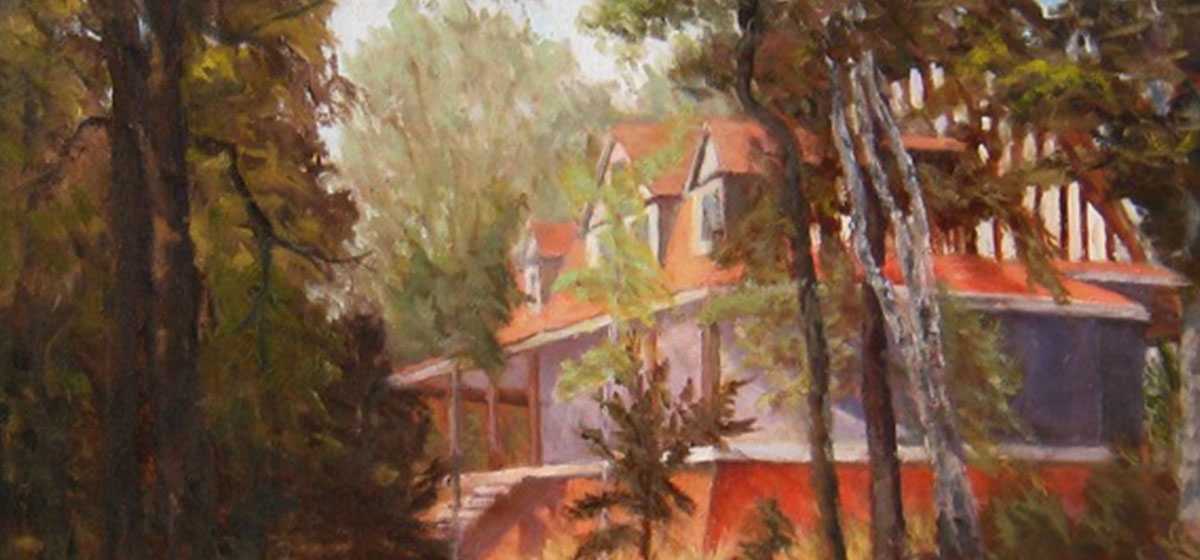
In April, my wife and I made the 600-mile drive to Michigan’s Upper Peninsula unusually early. We went to meet with contractors to begin fixing up the old cottage.
What we call “The Big Cottage” was completed for the summer of 1908, the first built on LaSalle Island along the northern shore of Lake Huron. You can reach it only by boat, which dampens its real estate value but increases its charm, though my wife debates the latter. It has seen six generations of my family, and the old wooden dining room wall shows the height of all of us, measured from our first summer to maturity. The old house has witnessed the happiest of times and the most tragic as well.
The cottage somehow is both surrounded by time and immune from it. It’s a place of hearing family stories and passing them on. A place of remembering parents, grandparents and relatives through photographs and portraits on the walls but also by sitting where they sat, doing what they did, and teaching what they taught. It’s a place so thick with memory that a man there is every age he’s ever been—a tyke clutching his mother’s hand, a boy skippering his first boat alone, a teen reveling by a midnight fire, a grown man helping his father walk familiar paths, and a father placing his son’s hand on the tiller. Amidst it all, the rocks and islands never change, and the cottage is always there upon return.
Changing such a place has its perils. It doesn’t matter if the tub leaks and hasn’t been used for a decade—“It’s always been there.” Or refinishing the beautiful maple floors long since stained over in a decision long forgotten—“That’s the character of the place.” And so it goes until it gets bad enough that those who weren’t born into it band together and foment rebellion—“I’m not going there any more unless we get a decent shower!”
This kind of insurrection happens even in the best of families, and it’s during these periods that change visits the cottage. (It’s always the women!) And so this year, the family took the rare step of not only agreeing to fix up the cottage but also consenting to spend money on it. The idea this summer is to redo two bathrooms and transform a dark and creepy upstairs hallway into a bright reading and desk area by adding two new windows overlooking a beautiful marsh.
It’s easy to see why change is both necessary and hard to come by on the island. We live in a world dominated by its vagaries, and, like a receding hairline, many of them are unwelcome. We cling to the idea of a place beyond the reach of change and time, even as we do what’s necessary to preserve it.
In the end, we bring the old cottage slowly along with us—amazed when we improve it, and wondering what took us so long. It’s not so very different from our lives elsewhere—the greater our connection, the more intense the feeling.
We enjoy our season in the sun and take our turn in the line of caretakers. We learn the same lessons as those who preceded us: balancing the need for the new with respect for the old; forging progress despite our differences; and doing what we can to protect and continue our family’s perch on an island in time.





